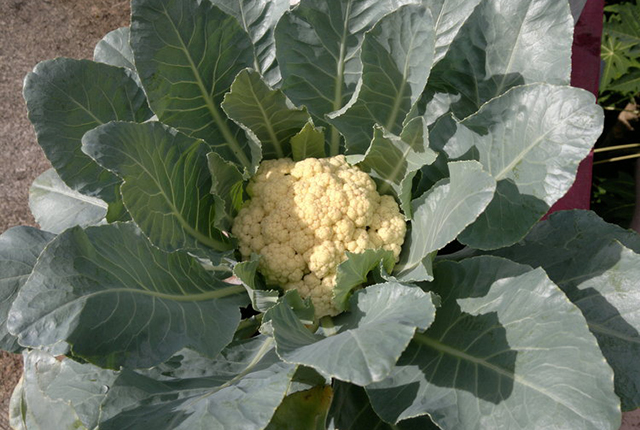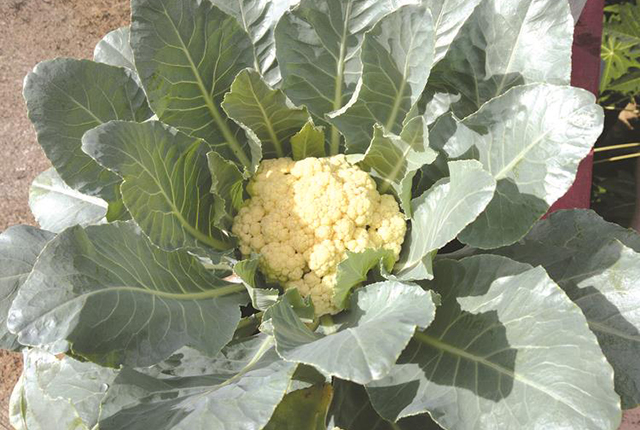
The Sunday Mail

Andrew Mangwarara—
AMONG the brassica or cabbage family is one member that is inconspicuous with its white head.
The cauliflower is a unique vegetable that few people fancy to grow, perhaps due to the difficulty in doing so and its unpalatability to some.
It has its origin in Cyprus.
As the new year starts, you can begin preparing your garden to plant your first vegetables. Cauliflower requires medium temperatures, most people grow it during the cool seasons. lt can be planted from January to April.
The crop takes between 70 and 160 days from the time of transplanting to harvesting, depending with the cultivar.
Other notable cultivars are cumulus, snowdrift, igloo osena, boomerang, south pacific, barrier reef, canberra and snowcap.
The vegetable will grow in a well-drained fertile soil enriched with fertiliser and or organic manure. A soil pH range of 5,5 to 6,1 is suitable. Fertiliser rates can be deduced from a rate of 1000 kg for compound S per hectare and two top dressings of 100kg/ha ammonium nitrate interspaced at a three-week interval. The same goes for manure at 25-50 tonnes/ha.
It is important to remember that fertilisation must be done a month prior to planting. Be wary of boron and molybdenum deficiency, which can be corrected at a rate of 30-35kg/ha. The vegetable should be encouraged to grow rapidly in the early days.
Ensure that you keep weeds at bare at this time as well. Once the curds begin to form, it is important to keep the sunlight exposure at a minimum to ensure that they remain white. If the sun cover is poor, the centre leaves may be bent over the curd to provide protection, by breaking the mid rib.
Seed treatment is important to keep the incidence of bacterial infections at a minimum by immersing the seed in hot water maintained at 50 degrees celsius for about 25 minutes.
You can then dry the seed and dust it with thiram. Transplant your seedlings when they are 10-15cm tall, that is, after four to six weeks. Choose only healthy and vigorous plants.
Water your plants liberally throughout the growing season. When growing cauliflower maintain crop rotation, avoid growing the same family in three years to reduce the incidence of pests and diseases.
Harvesting should be done timeously whilst the flower heads are still white and stiff or compact. If you delay you will find that they will blow and become loose. Do not remove the leaves when harvesting to keep the curds clean.
The common pests to look out for include the bagrada bug, aphids, cutworms, redspider mites, diamond back moth, web worm and leaf miner. Diseases that can cause some worries include black rot, downy mildew and damping off.
Cultural practises keep the crop at a lower risk. This is when you practise rotation, sterilise tools and maintain hygiene.
Cauliflower has been proven to greatly help our bodies fight a number of ailments such as colonary cancer, prostate cancer, heart disease, obesity and regulate blood cholestrol.
It has also been discovered that eating raw cauliflower has more benefits than eating the cooked vegetable since heat causes it to lose some of its goodness. So keep the cooking process to a bare minimum.
Keep this vegetable on your menu this year.
Feedback: [email protected]




